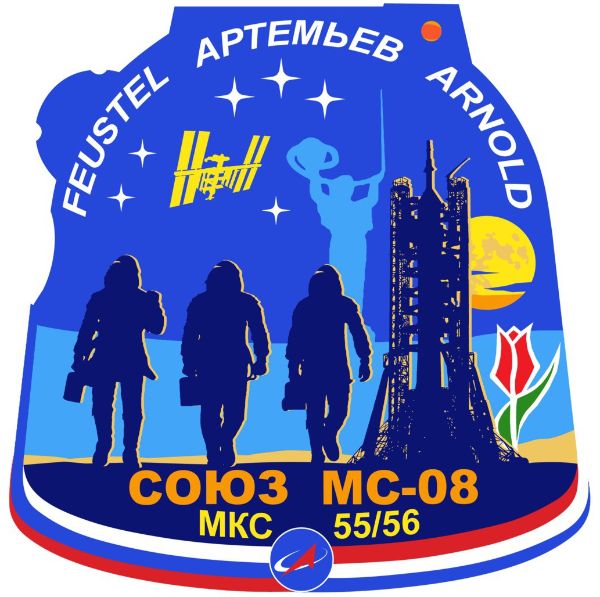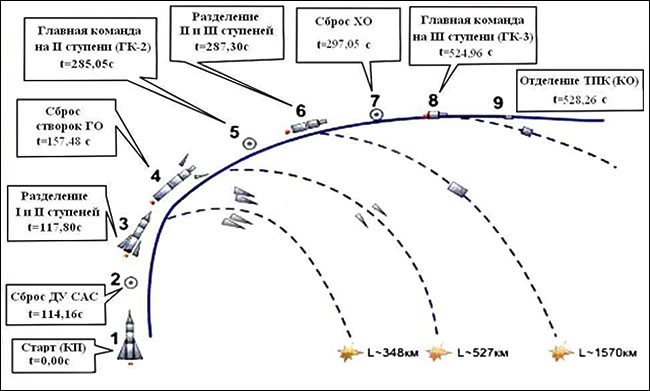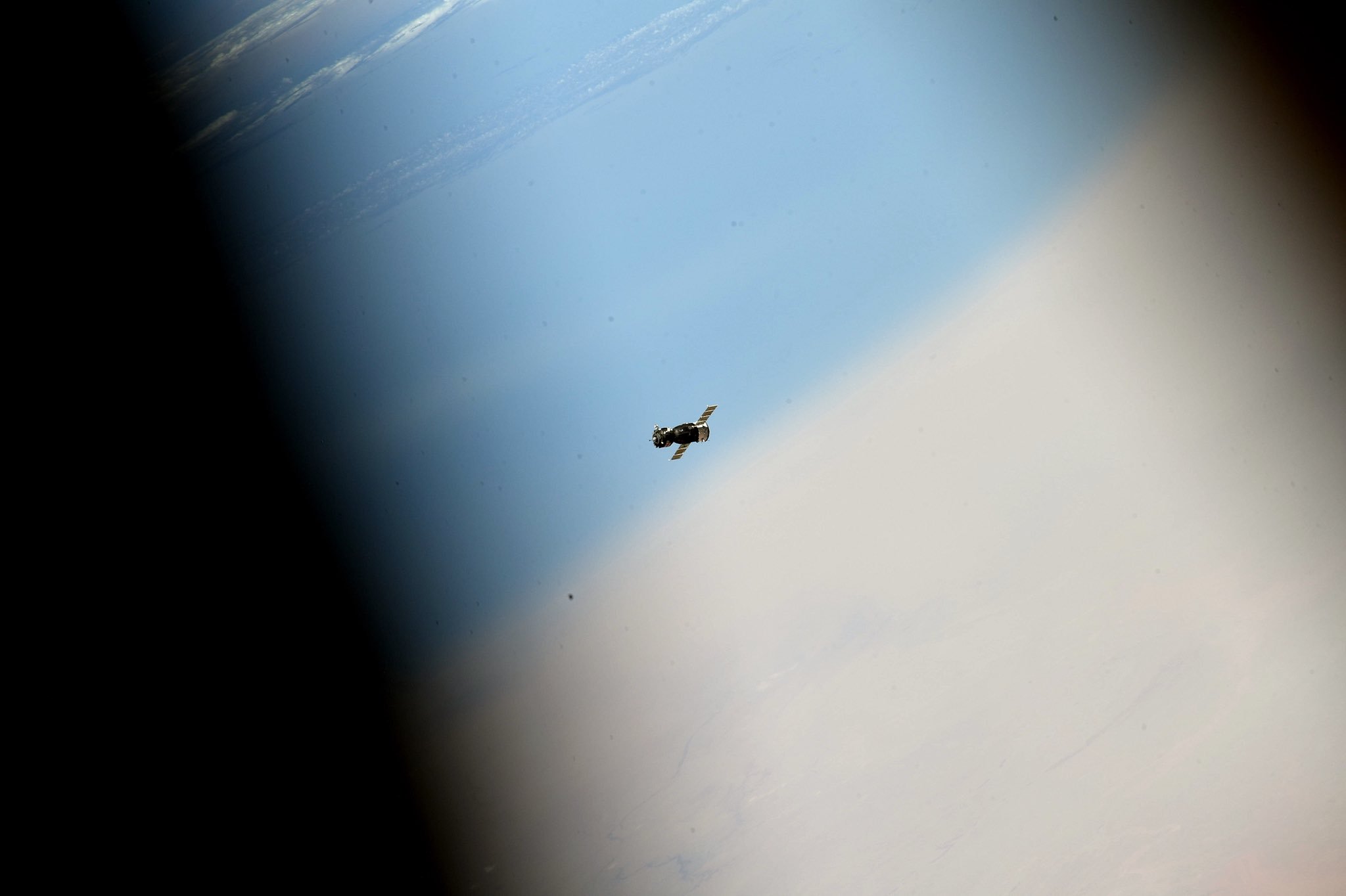
A Russian Soyuz FG rocket will launch the crewed Soyuz MS-08 spacecraft into orbit for a two-day rendezvous with the International Space Station to bring the Expedition 55/56 crew to their orbital home and workplace for a half-year mission. Engineers readied a Russian Soyuz rocket for launch Wednesday to ferry a veteran cosmonaut and two NASA shuttle fliers to the International Space Station for a five-month stay.
The 7,200-Kilogram Soyuz MS-08 spacecraft will remain docked to the Poisk Module throughout the crew’s stay on ISS to act as life boat and return them to Earth at the end of their flight via parachute-assisted landing in Kazakhstan.
LIVE Broacast:
Pre-launch conference:
The Crew:
Commander| Oleg Artemyev , RSA Expedition 55 (2nd spaceflight)
Flight Engineer 1| Andrew J. Feustel , NASA Expedition 55 (3rd spaceflight)
Flight Engineer 2| Richard R. Arnold , NASA Expedition 55 (2nd spaceflight)
Launch Profile:
Orbital Data
Launch Date: March 21, 2018
T-0 Time: 17:44:23 UTC
Launch Site: 1/5 Baikonur
Launch Vehicle: Soyuz FG
Payload: Soyuz MS-08 (No. 738)
Payload Mass: 7,220kg
T-0 Time: 17:44:23 UTC
Launch Site: 1/5 Baikonur
Launch Vehicle: Soyuz FG
Payload: Soyuz MS-08 (No. 738)
Payload Mass: 7,220kg
Docking
Date: March 23, 2018
Time: 19:41 UTC
Docking Port: Poisk
Time: 19:41 UTC
Docking Port: Poisk
Soyuz Insertion Orbit:
Perigee: 200 Kilometers (+7 /-22 km)
Apogee: 242 Kilometers (+/-42 km)
Inclination: 51.67 Degrees (+/-0.058°)
Period: 88.64 Minutes (+/-0.367min)
Apogee: 242 Kilometers (+/-42 km)
Inclination: 51.67 Degrees (+/-0.058°)
Period: 88.64 Minutes (+/-0.367min)
Space Station Orbit:
Orbit: 403 by 406 Kilometers
Inclination: 51.64 Degrees
Period: 92.66min
Inclination: 51.64 Degrees
Period: 92.66min
Rendezvous Profile:
Flight Milestones
March 21, 2018:
- Liftoff: 17:44:23 UTC
- Orbital Insertion & Separation From Soyuz: 17:53:13
- Two Ground-Targeted Orbit-Raising Burns on Orbit 3
March 22, 2018:
- Ground-Targeted Orbit Adjustment on Orbit 17
March 23, 2018:
- Automated Rendezvous Initiation
- KURS Automated Rendezvous System Activation
- Ballistic Targeting Point
- Flyaround
- Docking: 19:41 UTC
- Hatch Opening: 21:35 UTC

Source: Spaceflight101.com
Last edited:


